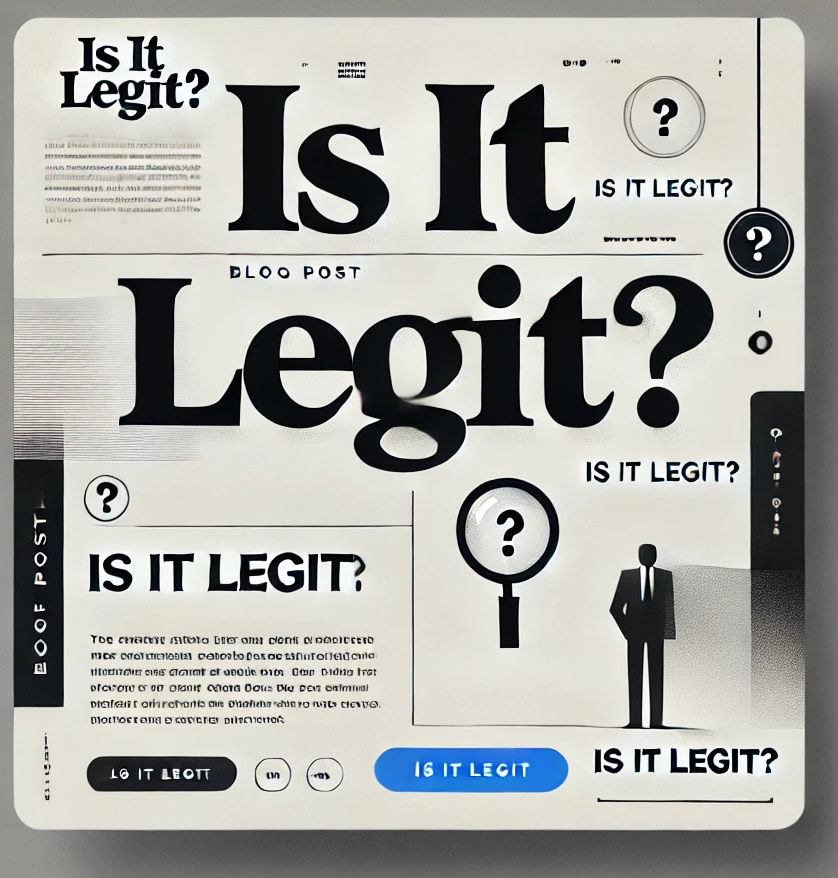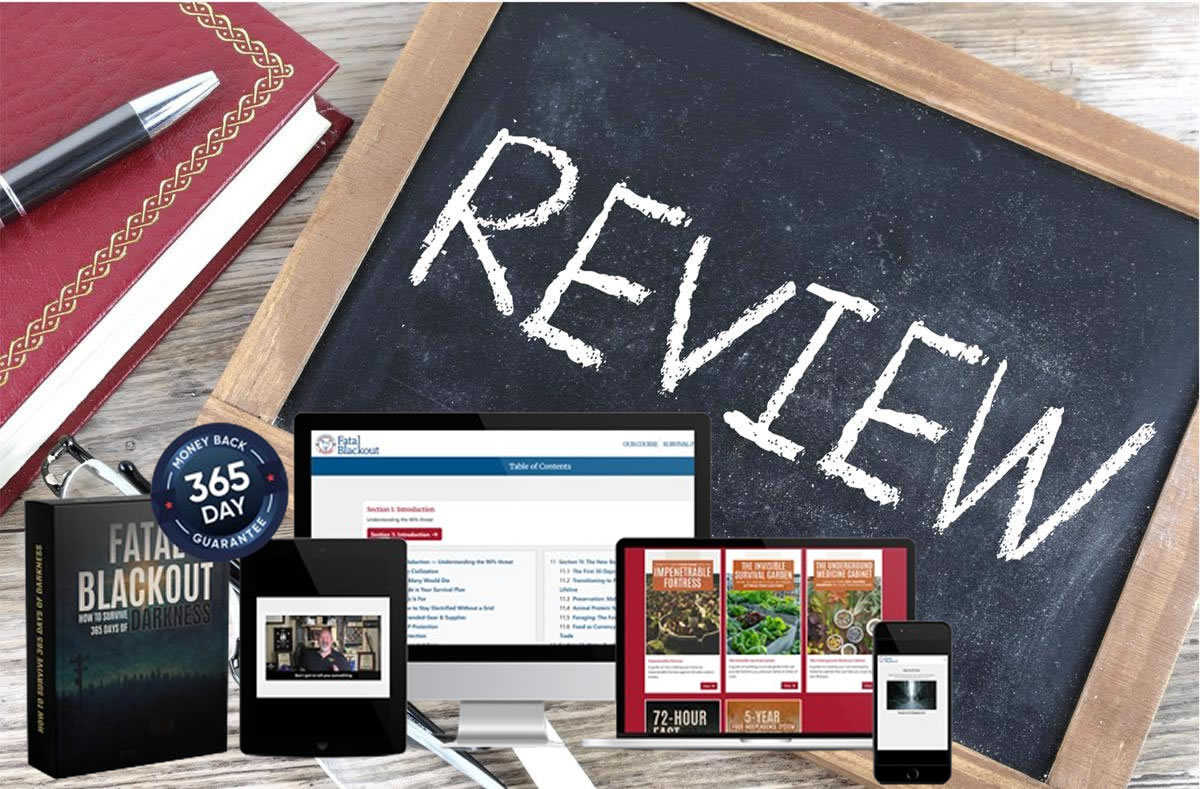How Do I Know If an Email From Apple is Legit?
Email scams that look like they came from Apple can tempt customers into sharing account information or security codes without realizing it, making it hard to detect. Here are a few tips that will assist in this regard.
Apple will never email you asking for your password or security code, nor request details regarding your purchases and/or billing information.
Emails from Apple
Scammers can create emails that look convincingly official, such as receipts for purchases you never made in the App Store, iTunes Store, iBooks Store or Apple Music. Scammers may ask you to click a link or provide account information or security codes through a fake website; Apple never asks users for such sensitive data via email or text messages. If such an attempt occurs and sensitive data is requested in an unsolicited message via email or text messaging from any source whatsoever – change your password immediately, enable two-factor authentication and Stolen Device Protection immediately – and review all security settings within your account ensuring all information is current.
Scam emails may request that you disable security features on your account or phone, which could allow a scammer to gain control and obtain personal data. If this message arrives asking you to turn off these features, contact Apple support through an authorized channel such as their iCloud website or app as quickly as possible.
Apple sends messages through its Messages app on your iPhone or iPad to ensure their authenticity, with chats encrypted for security featuring a Verified badge that displays Apple’s name at the top of your screen and an envelope icon with a green checkmark when opening a new chat. On rare and limited occasions, however, SMS/MMS or RCS text messages might also be sent as two-factor authentication codes or in case their device has been disabled by an unwanted application.
Once upon a time, spotting spam or phishing emails meant identifying them by their spelling and grammatical errors alone. Today however, this indicator may no longer work reliably since scammers can now craft sophisticated emails featuring fonts, images, and colors for their messages – making identification even harder than before.
An early telltale sign of phishing emails is the absence of Apple logos and other trademarked items in them, while genuine Apple messages would include such information.
What to Do if an Email Is Fake
If an email appears to be an attempt at phishing, delete and report it immediately as being fraudulent. Never respond by clicking any links provided within it or providing account details via an online website that appears in its message. Always access your iCloud account through either its official website or an approved app to update account information, and never share your password with anyone. If you’ve recently changed your password, be sure to implement two-factor authentication (2FA). Also keep your security information current. To safeguard your Apple ID even further, features like Find My iPhone and Activation Lock can also help safeguard against anyone taking over your account even if they know your password. In addition, 2FA can help keep other accounts and devices protected as well. Add an authentication code when logging in, making it harder for hackers to gain entry. And don’t forget a strong, unique password for each important account; using passphrases instead of single words/phrases makes the password harder for a hacker to guess or crack.












Post Comment